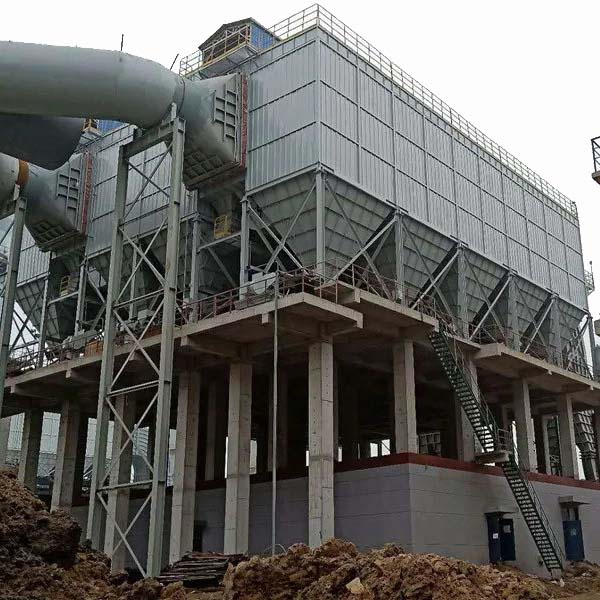- English
- Español
- Português
- русский
- Français
- 日本語
- Deutsch
- tiếng Việt
- Italiano
- Nederlands
- ภาษาไทย
- Polski
- 한국어
- Svenska
- magyar
- Malay
- বাংলা ভাষার
- Dansk
- Suomi
- हिन्दी
- Pilipino
- Türkçe
- Gaeilge
- العربية
- Indonesia
- Norsk
- تمل
- český
- ελληνικά
- український
- Javanese
- فارسی
- தமிழ்
- తెలుగు
- नेपाली
- Burmese
- български
- ລາວ
- Latine
- Қазақша
- Euskal
- Azərbaycan
- Slovenský jazyk
- Македонски
- Lietuvos
- Eesti Keel
- Română
- Slovenski
- मराठी
- Srpski језик
Are electrostatic precipitators becoming increasingly important in reducing air pollution?
2025-02-11
The electrostatic precipitator industry is experiencing a period of rapid evolution, driven by technological advancements, regulatory pressures, and the pursuit of sustainable industrial practices. The future looks bright for ESPs as they continue to play a pivotal role in reducing air pollution and promoting a healthier planet.
The market for electrostatic precipitators (ESPs) has been buzzing with exciting developments as industries strive to meet increasingly stringent emission regulations and enhance environmental sustainability. Recent industry news highlights the pivotal role ESPs are playing in reducing air pollution from various industrial sectors.
In a significant breakthrough, advancements in ESP technology have led to improved efficiency and reduced maintenance costs. Manufacturers are now integrating smart sensors and automation to optimize ESP performance, ensuring higher particulate removal rates while minimizing energy consumption. These innovations are critical as industries face pressure to balance operational efficiency with environmental compliance.
The power generation sector, a major consumer of ESPs, is witnessing a surge in demand for advanced ESP systems. With the transition towards cleaner energy sources, coal-fired power plants are upgrading their pollution control equipment to comply with stricter emission standards. ESPs, known for their effectiveness in capturing fine particles, are a cornerstone of these upgrades.

Moreover, the cement, steel, and chemical industries are also embracing ESP technology to mitigate their environmental footprint. As these sectors expand globally, the integration of ESPs into new production facilities is becoming standard practice. This trend underscores the growing recognition of ESPs as a vital tool in achieving sustainable industrial development.
In terms of policy and regulation, governments worldwide are implementing stricter air quality standards, driving the adoption of ESPs. Supportive regulatory frameworks, coupled with incentives for green technologies, are creating a conducive environment for ESP manufacturers to innovate and expand their market reach.
Notably, the development of hybrid systems combining ESPs with other air pollution control technologies, such as scrubbers and fabric filters, is gaining traction. These integrated solutions offer enhanced pollution removal capabilities, addressing a broader spectrum of contaminants.
Furthermore, the rise of renewable energy sources has opened new avenues for ESP applications. For instance, in waste-to-energy plants, ESPs are crucial for capturing emissions from combustion processes, ensuring clean energy production.
As the global focus on climate change and air quality intensifies, the demand for efficient and reliable electrostatic precipitators is expected to climb. ESP manufacturers are poised to capitalize on this growth by continuing to innovate, enhancing performance, and adapting to the evolving regulatory landscape.




